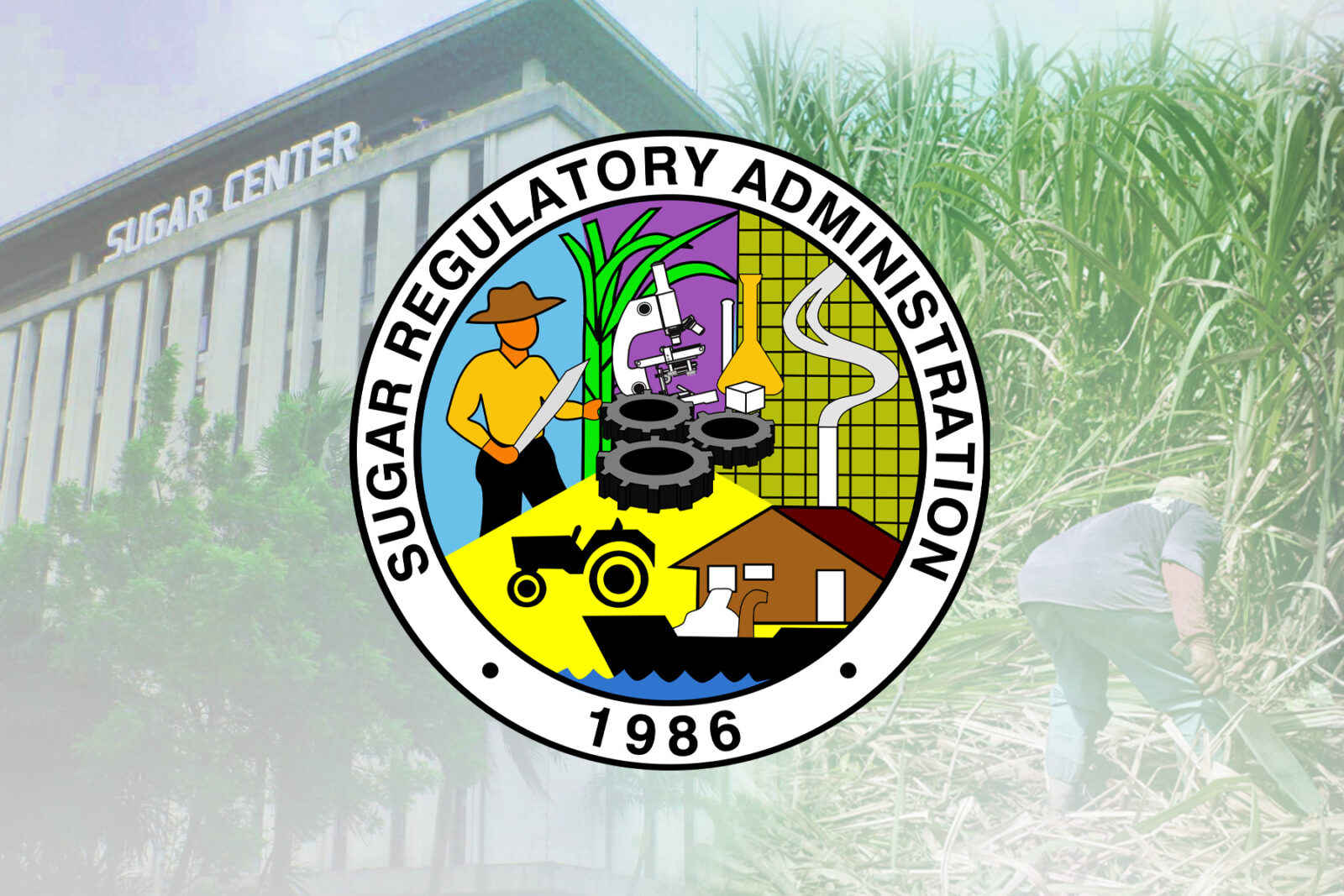PH sugar output seen flat due to pests, excess rainfall

Sugar production in the Philippines is projected to remain flat in the current marketing year due to the ongoing red-striped soft scale insect (RSSI) infestation affecting sugar plantations in Negros.
In a report, the US Department of Agriculture (USDA) estimated local raw sugar output at 2.09 million metric tons (MT) in marketing year 2026.
The Sugar Regulatory Administration (SRA) has adjusted the period of the sugar marketing year to Oct. 1, 2026, to Sept. 30, 2026, from Sept. 1 to Aug. 31 of the respective years.
“The [RSSI is] affecting some parts of Negros Island, especially the northern part, and these areas are expected to produce sugarcane with lower sucrose content depending on the extent of RSSI infestation,” the report said.
“Favorable crop development in the Southern Negros is expected to compensate for the decrease in production caused by RSSI infestation in the northern part,” it added.
According to the SRA, the first RSSI case was detected in May, which could reduce the sugar content of infested sugarcanes by as much as 50 percent, if not contained.
Citing the Sept. 11 report of the SRA, the pest disease has infected 6,333 hectares (ha) of sugarcane farms, including almost 5,000 ha in Negros Island.
“According to SRA, the actual numbers of RSSI infestation could be more than what SRA validated. The estimated area affected is less than 2 percent of the total area planted to sugarcane,” the report read.
The USDA’s forecast was 8.9 percent lower than the 1.92 million MT that the SRA had estimated for crop year 2025-2026. It is considered a further decline in local harvests due to the RSSI infestation and excessive rainfall in Negros.
Negros Occidental accounts for more than 60 percent of the country’s sugar production.
Amid a lower forecast, the USDA said that sugarcane area for the marketing year would reach 400,000 ha, up 2 percent, driven by the expansion of areas in Mindanao.
“This expansion is driven by the conversion of some banana plantations affected by Fusarium wilt (Panama disease) into sugarcane. The loss of area in Luzon due to land conversion to residential and commercial purposes will partly offset area expansion in Mindanao,” it added.
Meanwhile, the report said consumption would likely remain steady at 2.2 million MT as elevated sugar prices and the increased cost of products containing sugar could lower the demand for the sweetener.
The USDA is anticipating zero sugar exports, pending further announcements from the SRA, which earlier announced that the entire production would be allocated to domestic consumption.
It also expects no raw sugar importation for the reporting period, as the government prioritizes protecting local producers and stabilizing the industry.





















Barges are sometimes better than ships